Choosing the right location and conditions for a new plant can be confusing. For example, do you want to grow a hydrangea in your garden but have no idea about its soil needs? Does this species generally prefer the soggy ground, or is drier soil better? Is too much moisture a problem?
Well, we've done some digging and have the answers to these questions below!
Hydrangeas generally prefer moist soil, although they can tolerate soggy conditions. Since this species typically grows near bodies of water, it's normal to have wetter-than-average ground conditions for hydrangeas.
On top of that, hydrangeas don't respond well to dry soil or periods of drought, so keep one well-watered.
As we start this article, we will cover all things growing hydrangeas and discuss how much moisture they need for their soil. Whether you're new to this flowering plant, have one in your landscape, or need additional help, we've got your back. With that said, let's dive right into this topic!
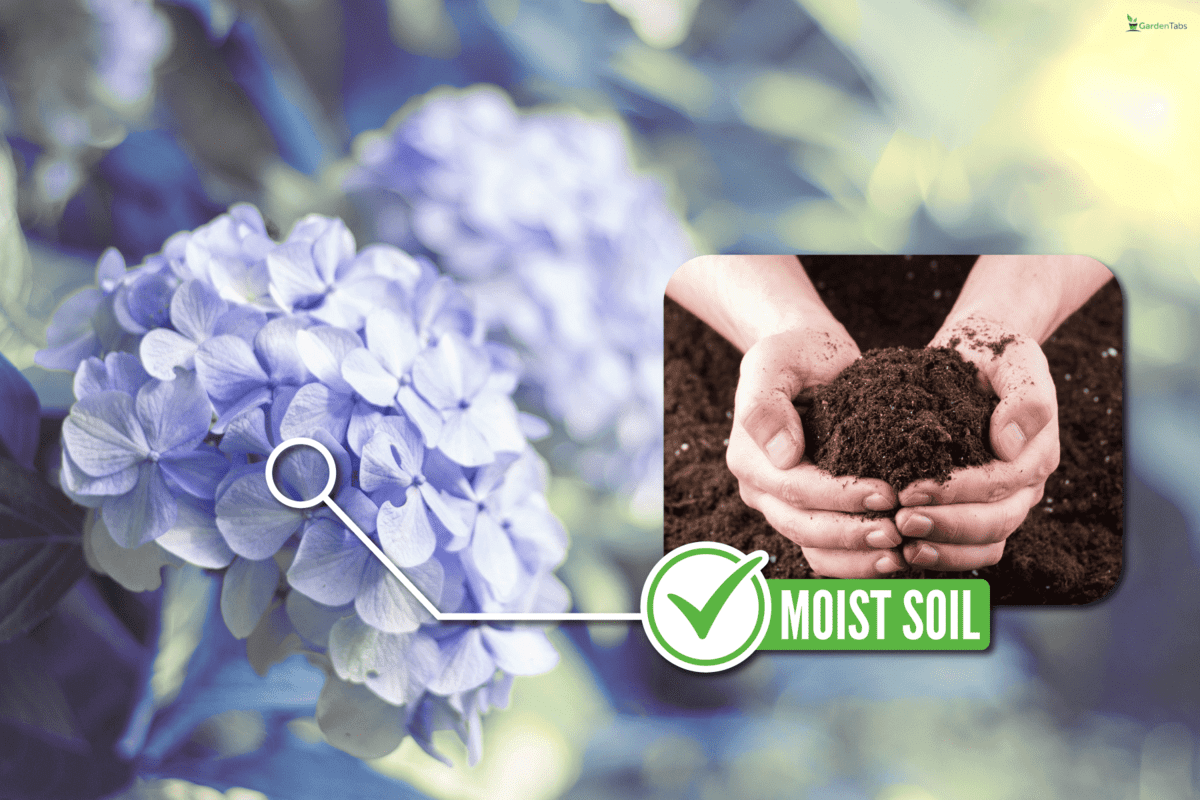
Do Hydrangeas Prefer Soggy Soil?
If you grow hydrangea in your backyard, it shouldn't need consistently soggy soil. As we mentioned, this species is often found in the wild, growing near bodies of water, so in that situation, one does prefer soggy conditions.
However, chances are your hydrangea came from the store and didn't pop out of nowhere, so let's focus on the conditions a regular one will require.
According to experts, a hydrangea will respond well to moist ground throughout the year. Whether that comes from seasonal rain, irrigation systems, or you watering by hand: your plant loves water.
On top of that, hydrangeas can tolerate overly wet soils if you overwater or the rain continues for multiple days. Remember, in the wild, this species gravitates toward the water in whatever form it can get.
Therefore, if you have a small pond or stream running through your property, you could have success growing your hydrangea in that area.
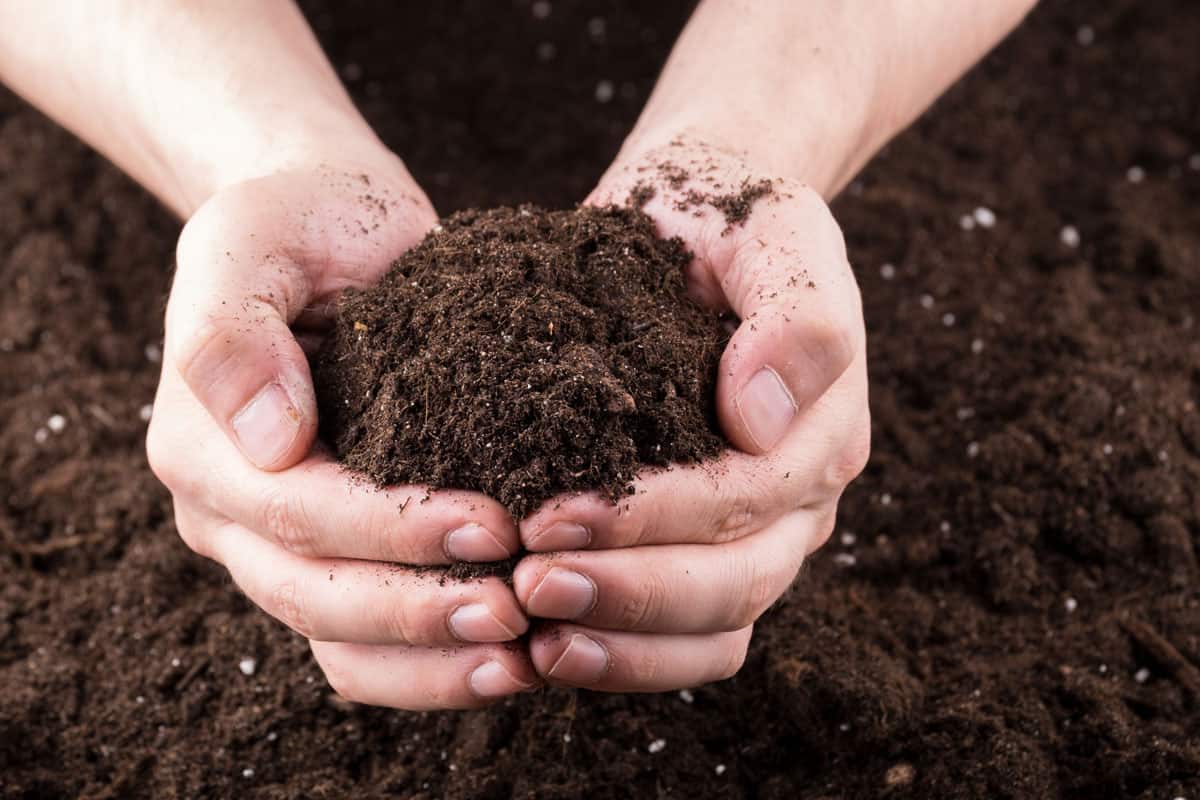
Will Hydrangeas Grow In Very Wet Soil?
Yes! This shouldn't be an issue if a hydrangea finds its way into very wet soil. As we covered, this flowering plant tends to appreciate moisture in all forms.
For example, if your hydrangea is somewhere shady and it rains often, that won't cause it to die. This is a major benefit to growing hydrangea, as many plants can't tolerate moist conditions for long.
Of course, you don't necessarily want to drown your plant in water, but hydrangeas can hold their own during excessive rain/watering periods.
Moreover, your plant may grow near a body of water, which in that case, it should stay pretty moist throughout the entire year.
When a pond, stream, or other natural body of water is near plants, their ground tends to remain moist regardless of the season.
Again, this isn't required for growing hydrangeas, so don't worry if your yard is a bit drier.
Where Do Hydrangeas Usually Grow?
You will usually find hydrangeas growing in soils with a high percentage of organic material. For example, this flowering species is common throughout eastern Asia, eastern North America, and western Central and South America.
Interestingly enough, the hydrangeas found in North America tend to settle mainly in the Appalachian Mountains. Specifically, the "smooth" hydrangea variety is native to that mountain range.
You can grow hydrangeas anywhere within USDA zones three through nine. Since that's a significant threshold, many gardeners throughout the US have no problem with this species.
As long as the weather isn't too severe on either end of the thermometer, your hydrangea will also grow as a perennial. That's perfect for people who do not want to replant flowers yearly.
However, you can grow hydrangeas in colder zones as annuals, so they're not off-limits for USDA zones below three.
What Type Of Plant Is A Hydrangea? Why Do They Love Water So Much?
Hydrangea is a popular shrub grown around the world in people's gardens as well as the wild. These colorful shrubs typically bloom from summer to fall, ranging from blue, purple, and pink.
Furthermore, certain varieties may also produce white, green, or red blooms, so this is a very vibrant species for landscaping. As we covered earlier, hydrangeas in USDA zones 3-9 are perennial, while those outside those regions will be annuals.
Regardless, hydrangeas are easy to grow and manage, often requiring little maintenance. With that said, a hydrangea needs excessive moisture throughout the year to keep it healthy.
Remember, this flowering shrub loves growing near water. That supplies its roots with endless moisture, keeping it lush and full of flowers during the summer and fall.
Depending on where you live, your hydrangea may not rely on you for water as much. In contrast, if you're somewhere drier, that's when your bush needs your attention/watering.
How Many Times Per Week Should You Water A Hydrangea?
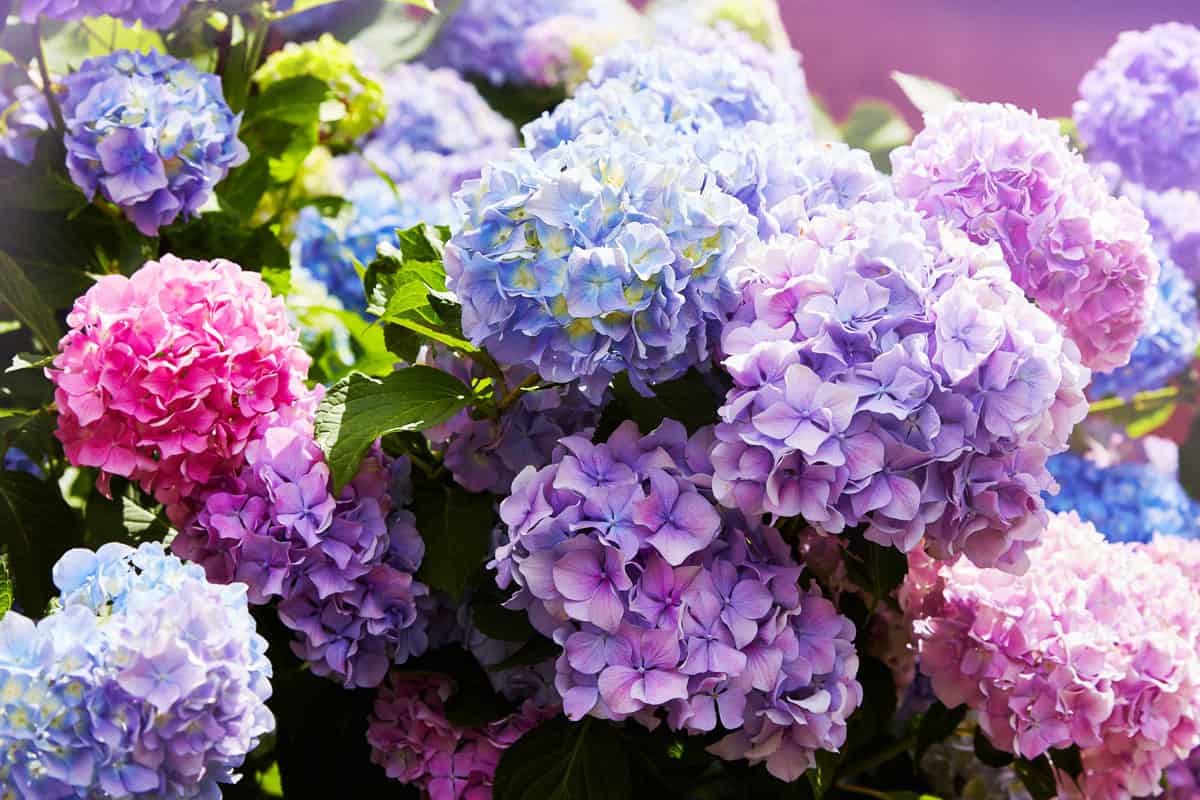
Although this varies by the gardener, we recommend giving your shrub a thorough watering three times weekly. Since your hydrangea loves moist soil conditions, you want to try and always have it stay a little wet to the touch.
Generally, watering three times each week will encourage root growth, bigger blooms, and a healthier hydrangea overall. Of course, if you live in a wet climate, you may not need to water as often.
For example, someone living in Seattle might not need to water their hydrangea as frequently as another person in California.
Depending on the sun's strength and air moisture where you are, it can affect how many times you need to grab the hose each week. Moreover, the better moisture in hydrangeas soil, the better it will grow.
According to pros, you want to use a soaker head on your hose, spray around the base of your plant, and avoid too much water on the flowers and leaves.
In addition to that, your hydrangea may need less or more water depending on the sun's exposure. One in the shade will be less needy than one in full sunlight.
Can You Overwater A Hydrangea?
Yes! Even though your flower may like a bit of consistent moisture, avoid dumping a gallon on it at a time. In general, overwatering a hydrangea won't send it into a health spiral if you stop doing it.
For example, if you accidentally water your shrub to the point the soil pools with water: leave it alone for at least 3-7 days! Give your plant time to recover, dry out, and be ready for more moisture.
It's more probable this will happen to potted hydrangeas, from what we can find. That's because potted hydrangeas don't have nearly the legroom of an in-ground plant, so they can't absorb and store as much liquid.
If you notice water running out the bottom of your hydrangea pot, you overdid it. Again, this is not the end of the world: just let your flower dry for a few days and let it be.
On top of that, frequently overwatering hydrangea can lead to more severe health issues. For example, experts claim that the chances of root rot or a fungal disease increase when hydrangea sits in water it can't absorb.
Therefore, you don't want to go crazy with the watering amount or schedule, so keep that in mind.
How Much Sunlight Does A Hydrangea Need?
Most times, a hydrangea will respond best to six hours of sunlight daily. That said, hydrangeas growing in hotter southern areas may benefit from closer to three.
Like watering, if your plant gets too much direct sun, it can become burned and sick. Since hydrangeas do well in shade and moisture, you also don't need the sun pelting down all morning or afternoon.
Unlike some other species, your hydrangea will never appreciate sweltering heat or more than six hours of daily sun exposure.
A common mistake gardeners make with this shrub is planting it in a super bright, warm spot and then forgetting to water it every three or more days.
As we mentioned, the more sunlight a hydrangea receives, the more water it will require.
Can You Grow Hydrangeas In The Shade?
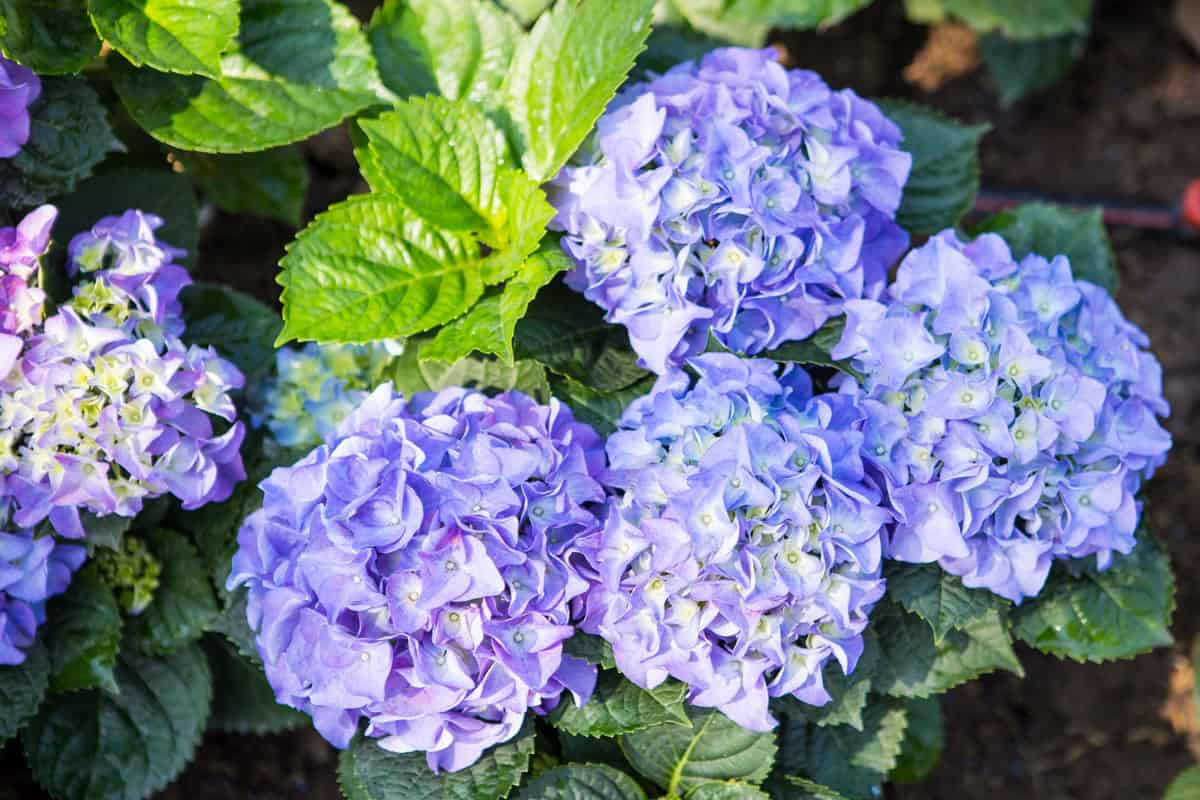
Although hydrangeas respond better to shade than other flowering plants, they still need the sun. Most importantly, a hydrangea in too much shade won't grow or bloom as well as one with sunlight.
That's because your plant lacks the essential nutrients and vitamins only the sun can provide. Therefore, growing one in complete darkness will be a bad idea.
Again, if your garden is in the south or somewhere with sweltering summers, that's when you can aim for more shade. Try to give your bush at least 4-6 hours of sun if you aren't in the south, as this will keep it healthy and produce stunning flowers.
Another reason to keep hydrangeas in the partial sun is that it prevents them from becoming overwatered. For example, in shady spots, the sun won't be able to dry the excess water.
That can quickly cause root rot in your plant's ground and open the door to fungi. So, some sun is better than no sun!
To Wrap Things Up
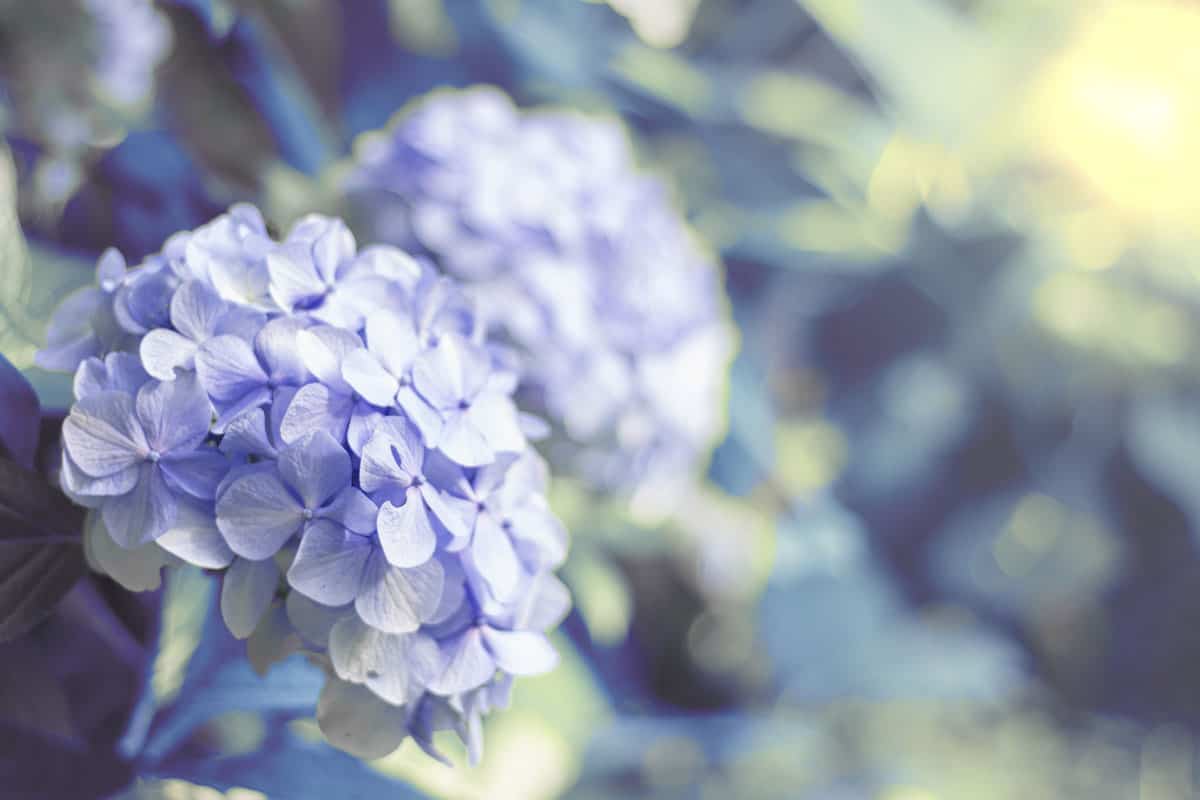
Whether you have hydrangeas in your garden or want to plant one, it's always good to understand their soil needs. We found that this flowering species can handle soggy soil, although keeping it slightly moist throughout the year is better.
If a hydrangea is in the wild, you may find it near a body of water. That's because its roots respond well to constant moisture. However, if your hydrangea isn't near a body of water and isn't wild, that's when it doesn't need soggy or super moist conditions.
We recommend finding a happy medium, watering three times a week, and planting your hydrangea in partial sun (six hours).
You might also want to read these related posts below:
What Is Eating My Hydrangea? [And How To Stop Them]
4 Best Fertilizers For Endless Summer Hydrangeas [And How To Use Them]
